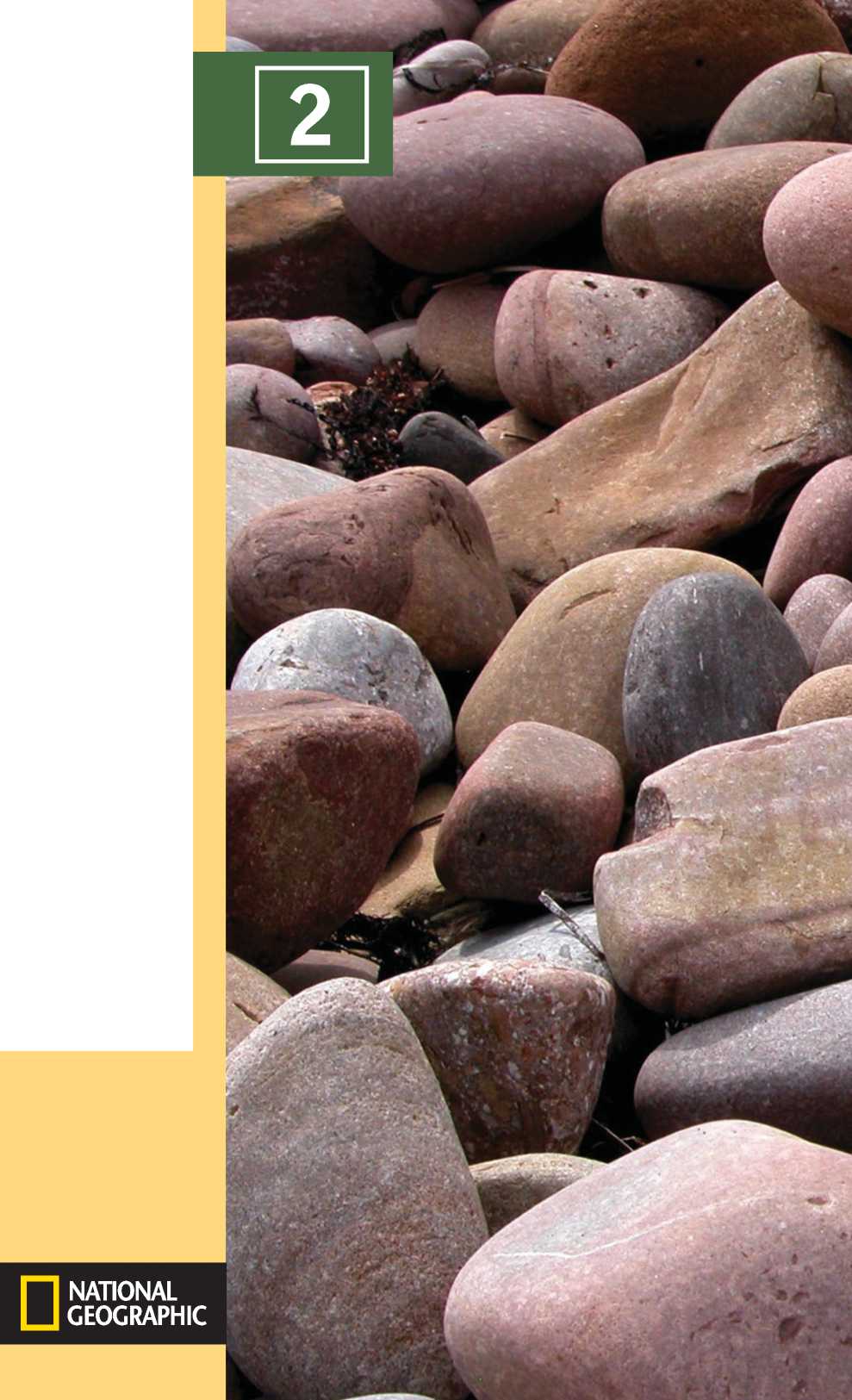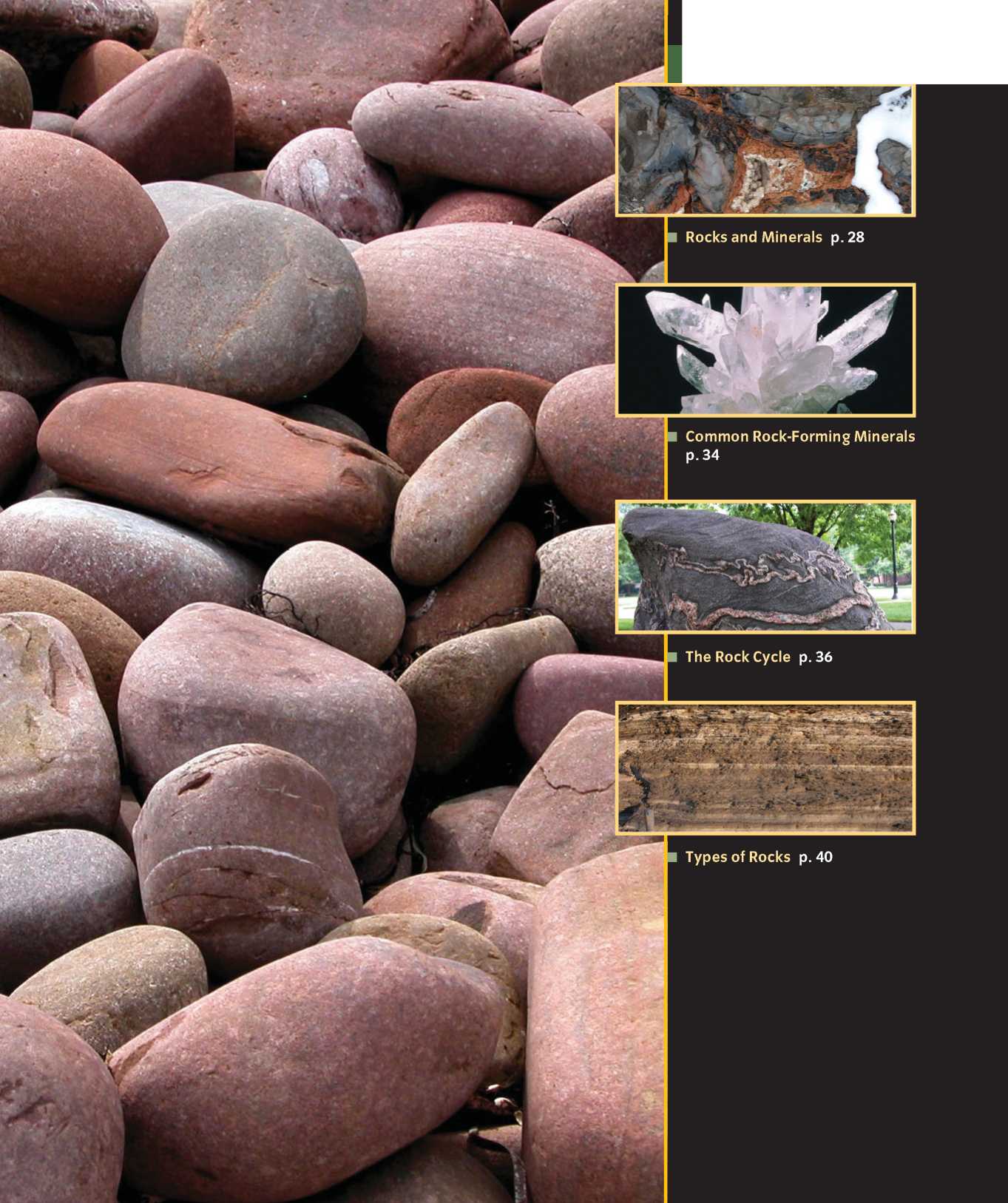

He study of Earth history begins with an understanding of rocks and the processes that form and modify them. Rocks are analogous to the books within which human history is recorded. They provide details about how Earth’s surface formed and has been transformed.
Volcanic eruptions that carry hot magma to the surface to form new rocks are recorded as igneous rocks. The interaction of new igneous rocks with physical, chemical, and biologic processes and sediments formed by the breakdown and later deposition of those sediments leave their legacy in sediments that later become rock. The sediments accumulate in layers on beaches and in many other places. As more sediment layers form, become buried, and make the transition to solid rock, traces of the chemicals present in water are precipitated around the grains. In addition, marks are left by burrowing animals, and skeletons of organisms are added to the mix. Together, these features supply information about how the rocks were formed, how quickly, and in what chemical, physical, and biologic surroundings. The products of diverse Earth processes wait silently in the rocks until they can be deciphered using the right tools and training.
In this chapter, you will learn about the rocks and minerals that are most useful for interpreting Earth history. You will also review some of the geologic features that help us to understand Earth’s history.
CHAPTER OUTLINE





 World History
World History









